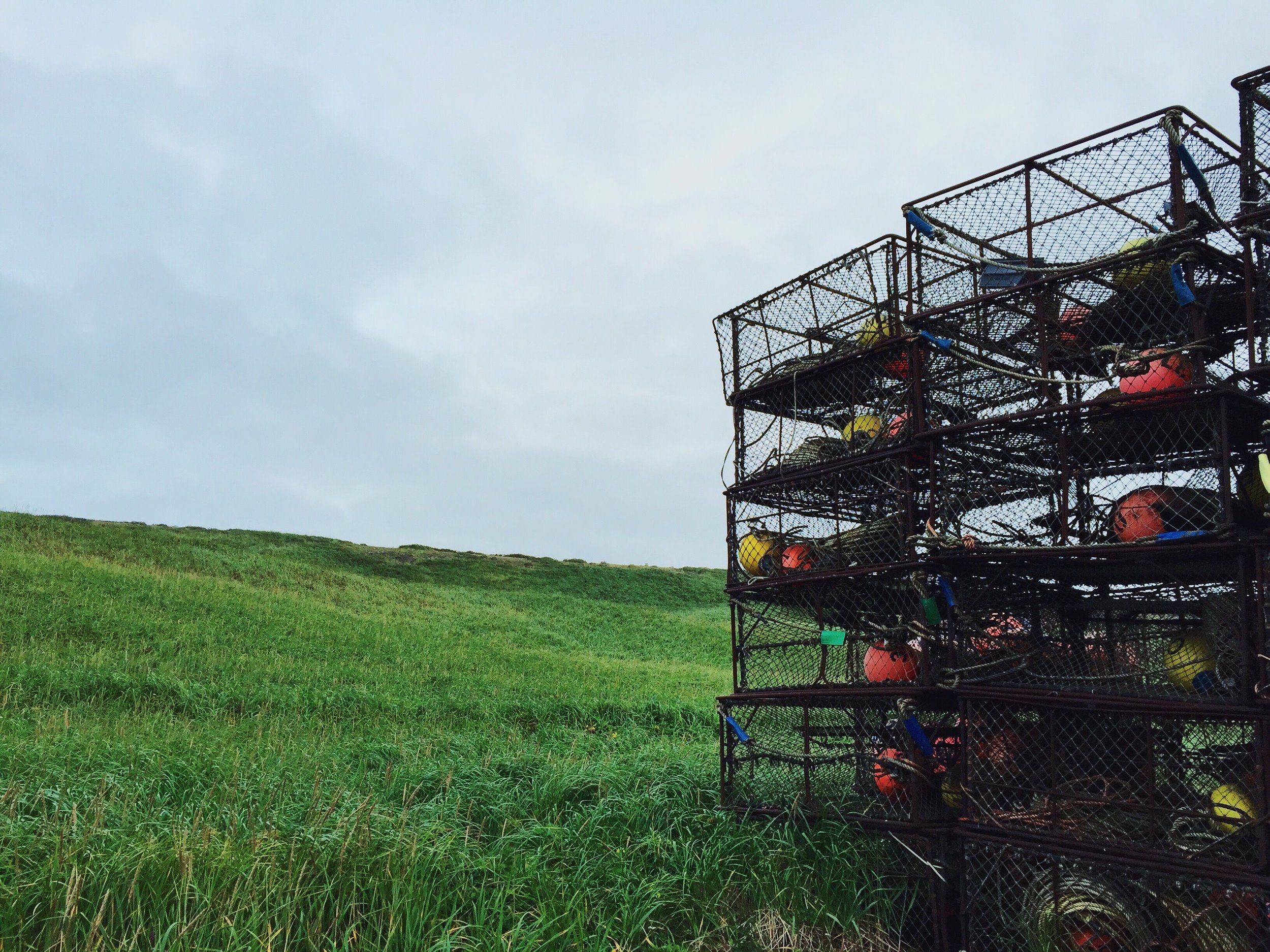Wandering and wildlife viewing on St. Paul Island Alaska
The “Galapagos of the North”: A wild remote island vacation for the bird enthusiast or anyone seeking a truly off the beaten path Alaskan adventure.
St. Paul Island is part of the Pribilof Islands located in the Bering Sea of Alaska. Displaced Unangan hunters created a permanent settlement there during the fur trade. The Aleut people of the islands were displaced during World War II when they were evacuated by the US government, but returned after the war. There remains a few hundred people that call St. Paul home.
The island is very remote and served by only four flights a week on Ravn Air from Anchorage, Alaska. There are also flights from Dutch Harbor, if you are visiting as a greater tour of remote Alaska. There is only one hotel on St. Paul Island: the King Eider Hotel located at the island’s airport. It is not a fancy accommodation, but it is clean and comfortable. There is no restaurant on the island, but if you book a tour they will provide meals or the hotel has a kitchen. There is a grocery and beer store on the island, as well as a bar. You can get the basics here, but it is not a bad idea to bring some of your own snacks and treats from home.
Tour packages include guide services that will take you out bird and wildlife viewing and are available from mid May to mid October each year. Information on the tours can be found on the St. Paul Island Tours webpage here. A tour is certainly recommended with the limited services on the island, they will do all the planning for you.
The island is known for it’s heavy winds and is cool even in the summer months. Bring warm clothes and good rain gear to keep yourself comfortable. You may recognize St. Paul from the show Deadliest Catch, as the Pribilof Islands are popular crab fishing grounds and much of the fleet's catch is landed and processed on St. Paul Island. The island’s harbor is notoriously hard to get in and out of with high winds and huge seas off the Bering Sea. On a stormy day it is fun to watch waves break on the harbor’s breakwater and watch boats navigate into the harbor.
There is a small museum and church that is listed on the historic register, which can give visitors an interesting look into the history of the island. In the 1700s missionaries arrived and advocated for the native people of St. Paul, while teaching them about their faith and values. The missionaries also helped bring written language to the island. Because of the positive experiences with the missionaries the people of the island have remained pretty loyal to the Russian Orthodox religion.
The island also has a unique climate making it possible to see diverse wildlife that are rarely seen elsewhere. It is the breeding grounds for millions of sea birds and the Northern Fur Seals. St. Paul Island is part of the Alaska Maritime Wildlife Refuge and an important bird area. It is a must visit if you are seeking to complete a “big year” in birding because of the potential for rare birds from Siberia to be blown over. Even if you aren’t an avid birder the island is a beautiful, wild, remote destination unlike anywhere else in the world. There are several blinds for viewing the Northern Fur Seal when they haul out during breeding season to have their pups on the beaches and you can watch them play in the ocean from almost anywhere along the island. The island is also home to many foxes and a herd of Reindeer.
The isolation of the island has provided a unique habitat for plants and animals throughout history. In the summer the tundra is full of beautiful small colorful flowers. St. Paul island is also believed to be the home of the last living Wooly Mammoths and walking around the island does give you some prehistoric feels. The island feels wild and untouched in a way that is rare in today’s world. It certainly gives you a feeling of stepping back in time.














